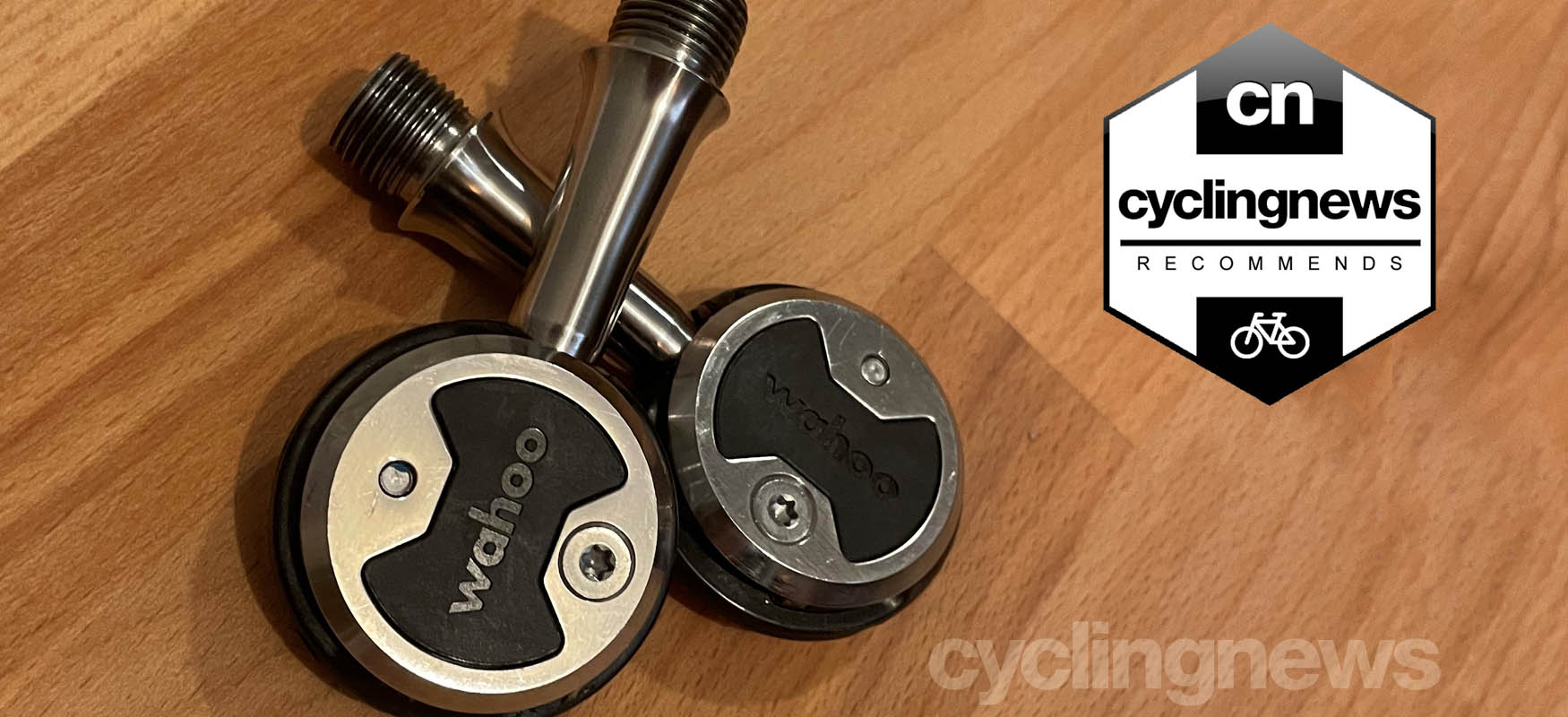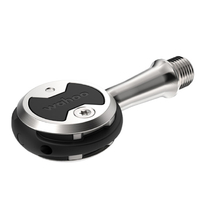Cyclingnews Verdict
The Speedplay Zeros are a quality offering with the performance to match, though they're let down by an exorbitant sticker price
Pros
- +
Low stack height
- +
Walkability
- +
Range of adjustment
Cons
- -
Cost
- -
Cleat maintenance
- -
Potential wear problems with cleats
You can trust Cyclingnews
Back when Wahoo bought Speedplay, there was hope among the die-hard fans that their favourite pedal brand might have a resurgence. What’s emerged is a very familiar design with Wahoo’s own stamp on it. So far we’ve reviewed the Wahoo Speedplay Nano, Wahoo Speedplay Aero and Wahoo Speedplay Comp, so to finish the series, let’s see how the most popular pedal in the range — the Wahoo Speedplay Zero — stacks up against its stablemates, as well as the competition in the best road bike pedals category.
Design and aesthetics
When Wahoo bought Speedplay in 2019 there was some concern among fans that the purchase was going to merely represent a rebranding exercise without any further product development. Speedplay was a brand with a unique product but sometimes struggled to realise its full potential, whether that be through supply chain or distributor problems. Speedplay fans are very vocal about the benefits and features, often claiming that they would never move to another pedal brand.
Having been a long term user of Shimano SPD-SL pedals, I had often thought about trying the original Speedplay pedals but the cost of entry associated with changing the pedals on multiple bikes was always too much of a barrier for me to take the leap. With the release of the Wahoo Speedplay Zero pedals, it’s clear that Wahoo is aiming for the high end market as well. With these pedals being priced at £199.99 / $229.99, they are comparable with the top-end offering from both Shimano and Look.
The pedals feature the same nylon body as the Wahoo Speedplay Comp pedals with the addition of a stainless steel axle. The cleats are the same as offered on the Wahoo Speedplay Aero but differ from the Comp by offering the firmer spring and a neater cleat surround to make the cleat sit completely flush with the shoes. All in, this makes for a very neat package when attached to your shoes and clipped in.
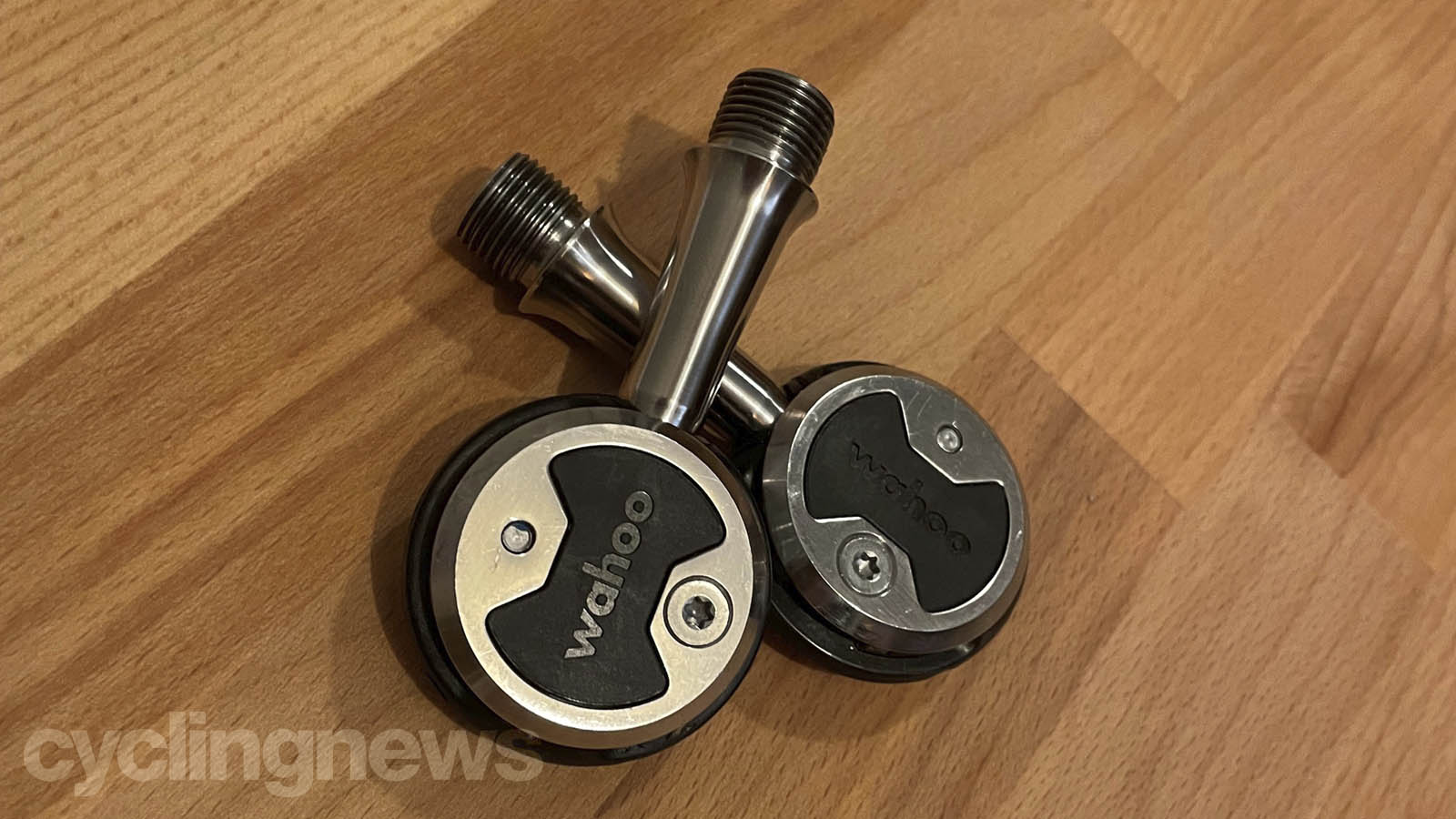
Performance
Having never taken the leap to purchasing a pair of the originals, I was looking forward to testing a pair of the Wahoo Speedplay pedals to see if they lived up to the hype. As mentioned in the Wahoo Speedplay Comp review, the cleats are initially quite fiddly to position but once set up, they’ve remained mostly trouble-free. While I appreciate the range of fitment this offers, it’s a kind of fit-and-forget unless you're constantly fiddling with your cleat position, in which case you will certainly appreciate the adjustability.
In use, I was imagining the clipping in and out to be similar to a Shimano SPD pedal — just push your foot down and the cleat will take care of clipping in — in practice, it was a little trickier initially, as you have to kind of roll your foot onto the cleat to get the spring to move out over the larger stainless steel pedal surface ring.
Once I was used to the method, they were easy enough to clip into, though this could have taken longer than a fresh user because of years of muscle memory of a different clipping-in process. Wahoo Speedplay offers a double-sided clip-in so you’ve got a pretty good chance of getting it right, as the retention is taken care of by the cleat.

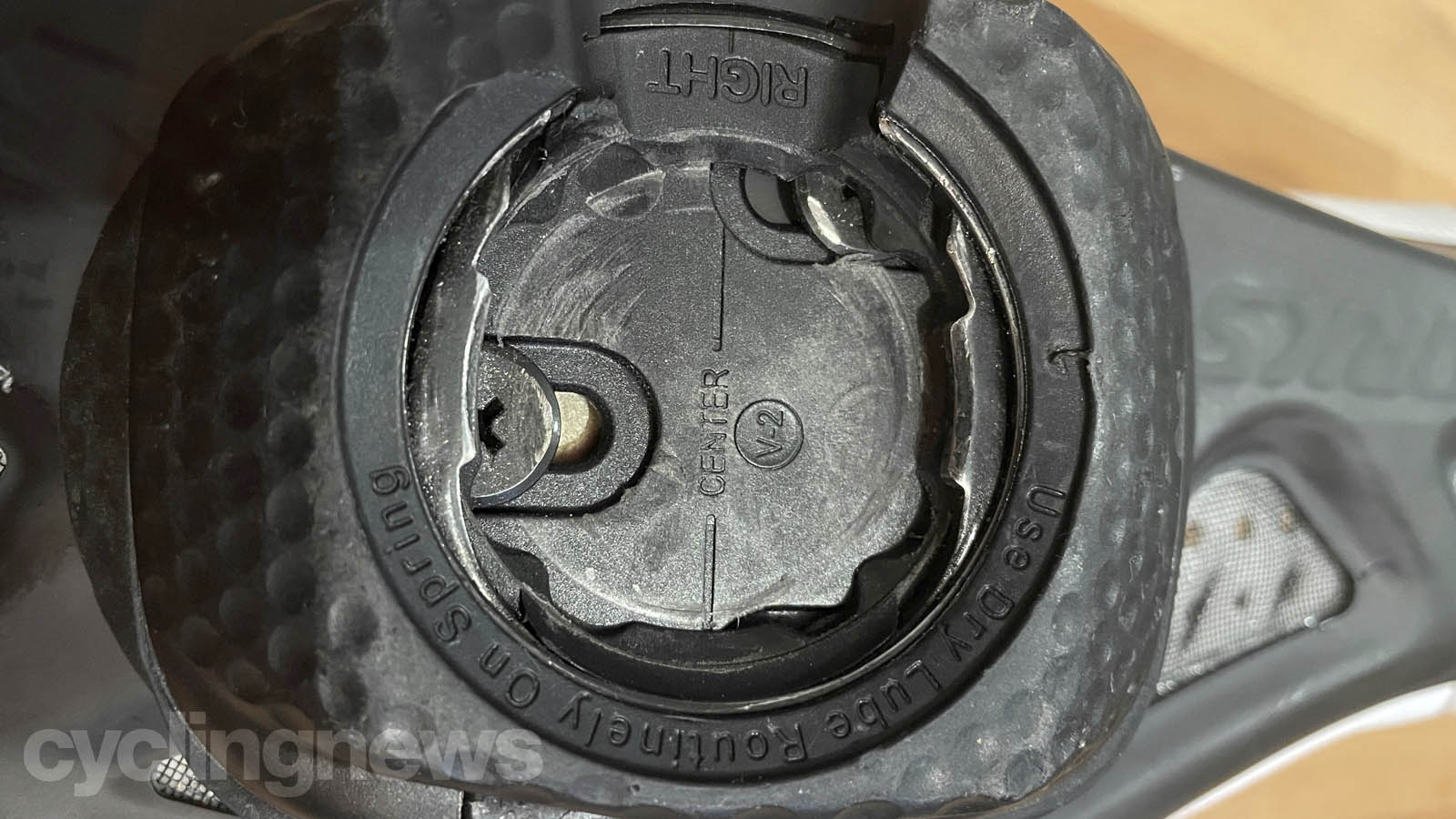
Something that you’ll notice in the instructions if you take the care to read them is that, unlike any other pedal brand, Wahoo recommends and requires you to lube the cleats with a dry lube to maintain the maximum performance and function and reduce wear. On the subject of wear, the original Speedplay pedals suffered from problems on the pedal bodies, as they only had a steel ‘bowtie’ across the middle for the cleat spring to clip onto. Wahoo has addressed this problem by surrounding the rim of each pedal with a stainless steel ring though, unfortunately, I think in my case this just transferred the wear surface to the plastic plate that forms the base of the cleat, as mine has started to show wear after only a few weeks. Disappointing on a cleat that is triple the price of its competitors’ offerings. The wear hasn’t continued to damage the cleat plate though, so I will continue to monitor it and put it down to teething problems on my behalf.
As I mentioned in the other Wahoo Speedplay shorter-term reviews there is a truly unique feeling to riding with these pedals,. The feeling of the low stack height is hard to describe but is immediately noticeable if you spend any considerable time riding with them, and then switch back to a bike fitted with pedals from a different manufacturer. In the initial stages of fitting the cleats, without any reference points from a previous set of cleats, the aforementioned adjustability did come into play when it came to tweaking my heel position, something I really appreciated, not a game changer, but noteworthy nonetheless.
Walking in the cleats is the most natural of all the pedals I have had on test due to their rounded-nature; no tippy-toeing or clopping about. Speedplay originally offered a metal-faced cleat with a full cleat cover, which evolved into the walkable cleat/aero cleat that is now supplied as standard on all Wahoo Speedplay pedals, whether it be in the regular or easy-release version.
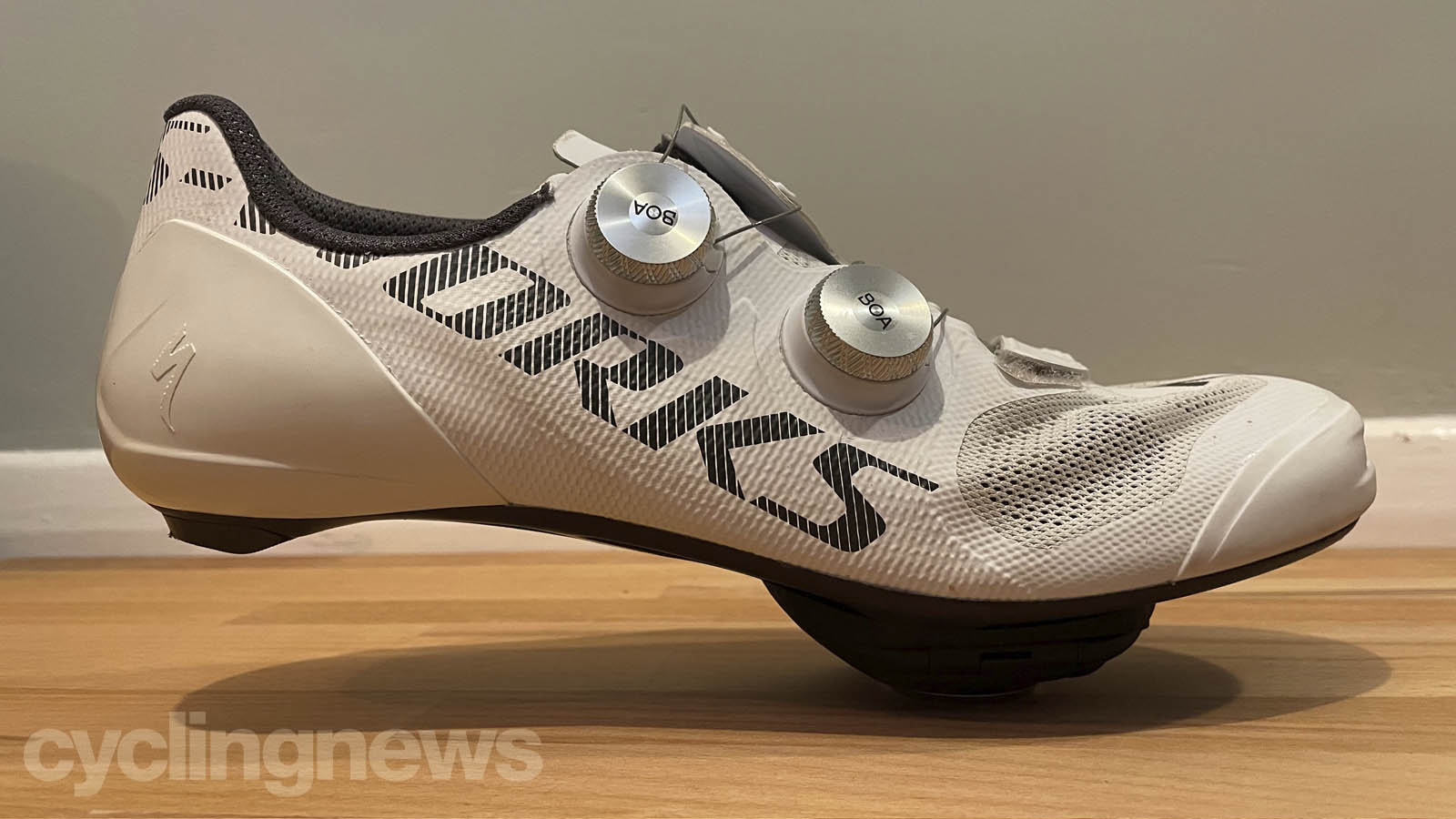
Something that Wahoo doesn’t offer is the small plastic puck that fits into the cleat when there isn’t a pedal in there to stop dirt ingress. I have no word if Wahoo plans to offer this in the future. They are available from various sources online as ‘Speedplay cleat buddies’ though, and are something I’d suggest investing in if you have a gravel or muddy driveway at home or work, as the cleats’ performance noticeably degrades if you get sand or grit stuck in there.
I’ve been using the pedals for over 1,500km now and there isn’t any sign of play in the bearings yet, which you would hope for in a pedal costing as much as these. As I said in my Shimano Dura-Ace pedal review, I have pairs of them that are going strong for a decade now, so I hope the Wahoo Speedplay can live up to that level of longevity. The cleats are fitted to white shoes, so they won’t be used outside now until the weather improves. In the meantime I'll be switching them onto a bike on the turbo trainer, another product made by Wahoo, to see how they fare with a winter of use on Zwift. I have found that with the intensity of an indoor training session, it can highlight wear issues quickly, so I will update the review if anything out of the ordinary happens as the use continues.
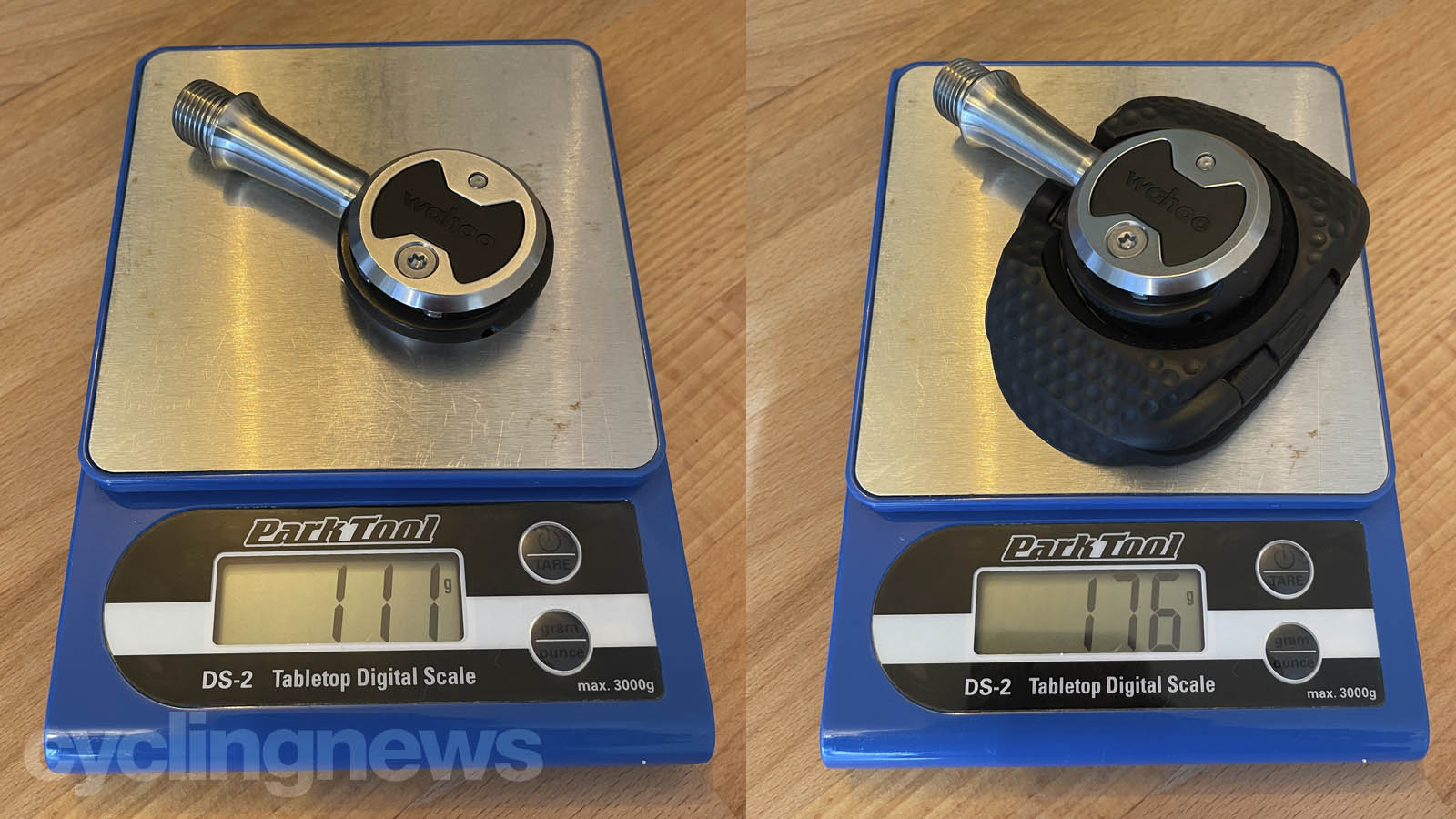
Verdict
All in, the Wahoo Speedplay Zero pedals are a solid option, certainly the goldilocks of the range. If you are looking at investing in a pedal platform for the first time, then the initial cost isn’t too dissimilar to any other high-end pedal, but if you are dipping your toes to see if they are for you then the Comp pedals are the most ‘budget’ option to test. I would be hard-pressed to recommend changing from a different brand unless you had specific fit requirements that Wahoo is able to accommodate.
Tech Specs: Wahoo Speedplay Zero
- Price: £199.99 / $229.99 / €229.99
- Weight: 111g (pedal), 176g (with cleat)
- Spindle material: Stainless steel
- Retention: Allen key (6mm)
- Float: 15-degrees
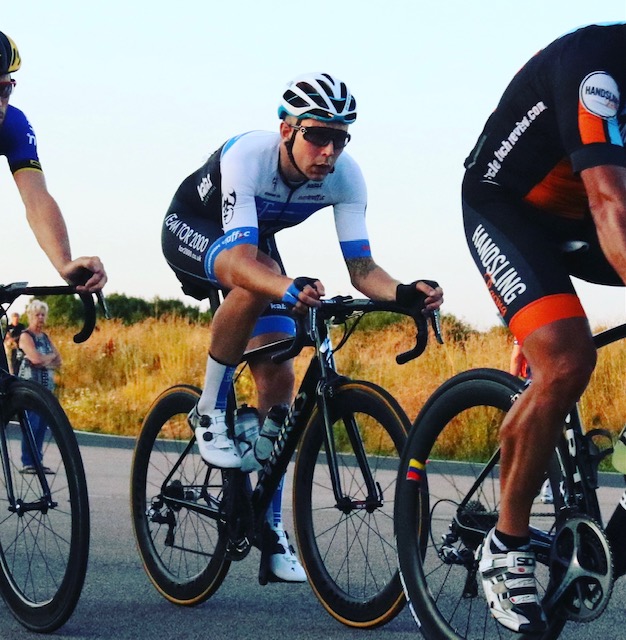
Peter has been riding and racing road, CX, and mountain bikes since the early 2000’s. He spent a decade working at a large independent bicycle shop, handling customer service, warranty and technical questions. Thanks to an obsession with product details he loves nothing more than picking over the newest tech.
Peter is a fastidious mechanic and will not settle for anything less than perfect when it comes to bike setup, whether it be a child first bike or a highly integrated top-tier time trial or road bike.
He’s been writing for Cyclingnews since 2020 as a Contributing Writer, where having a 50km commute to his day job allows him to quickly rack up the miles when putting any new products to the test in all weathers.
He currently rides one of the following: Specialized Tarmac SL6, Basso Diamate, Talbot Frameworks steel road, Trek Emonda ALR, Specialized Crux, Santa Cruz Tallboy.
